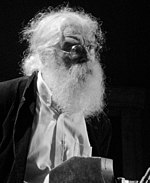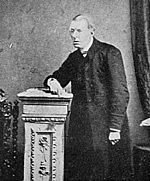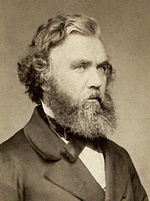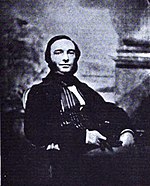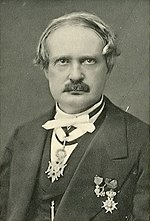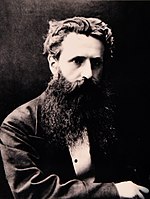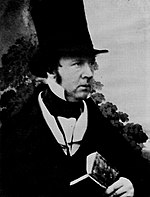
Gilgamesh was a hero in ancient Mesopotamian mythology and the protagonist of the Epic of Gilgamesh, an epic poem written in Akkadian during the late 2nd millennium BC. He was possibly a historical king of the Sumerian city-state of Uruk, who was posthumously deified. His rule probably would have taken place sometime in the beginning of the Early Dynastic Period, c. 2900 – 2350 BC, though he became a major figure in Sumerian legend during the Third Dynasty of Ur.

Akkadian is an extinct East Semitic language that was spoken in ancient Mesopotamia from the third millennium BC until its gradual replacement in common use by Old Aramaic among Assyrians and Babylonians from the 8th century BC.

Sumer is the earliest known civilization in the historical region of southern Mesopotamia, emerging during the Chalcolithic and early Bronze Ages between the sixth and fifth millennium BC. Like nearby Elam, it is one of the cradles of civilization, along with Egypt, the Indus Valley, China, Caral-Supe, and Mesoamerica. Living along the valleys of the Tigris and Euphrates rivers, Sumerian farmers grew an abundance of grain and other crops, a surplus which enabled them to form urban settlements. The world's earliest known texts come from the Sumerian cities of Uruk and Jemdet Nasr, and date to between c. 3350 – c. 2500 BC, following a period of proto-writing c. 4000 – c. 2500 BC.

The Culture of Iraq or The Culture of Mesopotamia is one of the world's oldest cultural histories and is considered one of the most influential cultures in the world. The region between the Tigris and Euphrates rivers, historically known as Mesopotamia, is often referred to as the Cradle of civilisation. Mesopotamian legacy went on to influence and shape the civilizations of the Old World in different ways such as inventing writing system, mathematics, law, astrology and many more. Iraq is home to diverse ethnic groups who have contributed to the wide spectrum of the Iraqi Culture. The country is known for its poets، architects، painters and sculptors who are among the best in the region, some of them being world-class. The country has one of the longest written traditions in the world including architecture, literature, music, dance, painting, weaving, pottery, calligraphy, stonemasonry and metalworking.

Cuneiform proper is a logo-syllabic script that was used to write several languages of the Ancient Near East. The script was in active use from the early Bronze Age until the beginning of the Common Era. Cuneiform scripts in general are marked by and named for the characteristic wedge-shaped impressions which form their signs. Cuneiform is the earliest known writing system and was originally developed to write the Sumerian language of southern Mesopotamia.

Edward Hincks was an Irish clergyman, best remembered as an Assyriologist and one of the decipherers of Mesopotamian cuneiform. He was one of the three men known as the "holy trinity of cuneiform", with Sir Henry Creswicke Rawlinson and Jules Oppert.

Assyriology, also known as Cuneiform studies or Ancient Near East studies, is the archaeological, anthropological, historical, and linguistic study of the cultures that used cuneiform writing. The field covers Pre Dynastic Mesopotamia, Sumer, the early Sumero-Akkadian city-states, the Akkadian Empire, Ebla, the Akkadian and Imperial Aramaic speaking states of Assyria, Babylonia and the Sealand Dynasty, the migrant foreign dynasties of southern Mesopotamia, including the Gutians, Amorites, Kassites, Arameans, Suteans and Chaldeans. Assyriology can be included to cover Neolithic pre Dynastic cultures dating to as far back as 8000 BC through to the Islamic Conquest of the 7th century AD. The topic is significantly wider than that implied by the root "Assyria" within the name.
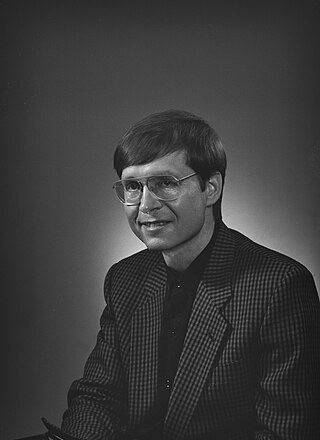
Simo Kaarlo Antero Parpola is a Finnish Assyriologist specializing in the Neo-Assyrian Empire and Professor emeritus of Assyriology at the University of Helsinki.
Henry William Frederick Saggs was an English classicist and orientalist.
Andrew R. George is a British Assyriologist and academic best known for his edition and translation of the Epic of Gilgamesh. Andrew George is Professor of Babylonian, Department of the Languages and Cultures of Near and Middle East at the School of Oriental and African Studies, University of London.
Jeremy Allen Black was a British Assyriologist and Sumerologist, founder of the online Electronic Text Corpus of Sumerian Literature.
In philology, a commentary is a line-by-line or even word-by-word explication usually attached to an edition of a text in the same or an accompanying volume. It may draw on methodologies of close reading and literary criticism, but its primary purpose is to elucidate the language of the text and the specific culture that produced it, both of which may be foreign to the reader. Such a commentary usually takes the form of footnotes, endnotes, or separate text cross-referenced by line, paragraph or page.

Wilfred George Lambert FBA was a historian and archaeologist, a specialist in Assyriology and Near Eastern Archaeology.
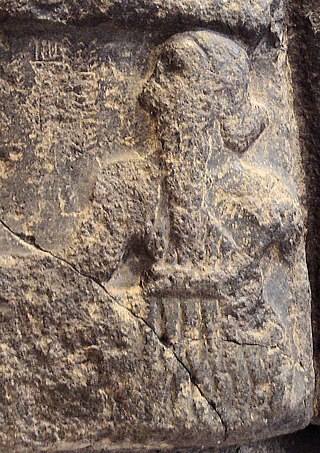
Sargon of Akkad, also known as Sargon the Great, was the first ruler of the Akkadian Empire, known for his conquests of the Sumerian city-states in the 24th to 23rd centuries BC. He is sometimes identified as the first person in recorded history to rule over an empire.

Taha Baqir was an Iraqi Assyriologist, author, cuneiformist, linguist, historian, and former curator of the National Museum of Iraq.
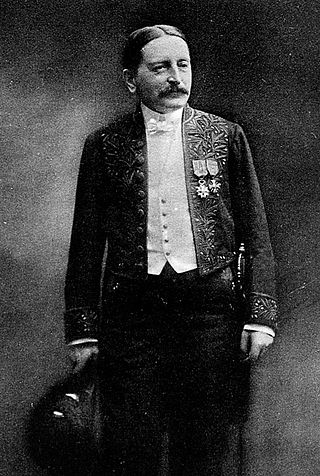
François Thureau-Dangin was a French archaeologist, assyriologist and epigrapher. He played a major role in deciphering of the Sumerian and Akkadian languages.
Åke W. Sjöberg was a leading Assyriologist, specialized in Sumerian language and literature.

The cuneiform an sign, is a common, multi-use sign, a syllabic for an, and an alphabetic sign used for a, or n; it is common in both the Epic of Gilgamesh over hundreds of years, and the 1350 BC Amarna letters, and other cuneiform texts. It is also used for the designation of a "god", and is sometimes represented as a superscript: d, or capitalized: D, for "dingir", English language, "god". The example photo at right shows, a list of 14 named gods, all with "an"; the first pair on the list AN-UTU, or DUTU, refers to the "sun-god", using Ud (cuneiform), as the sumerogram, namely UTU.
Stephanie Mary Dalley FSA is a British Assyriologist and scholar of the Ancient Near East. She has retired as a teaching Fellow from the Oriental Institute, Oxford. She is known for her publications of cuneiform texts and her investigation into the Hanging Gardens of Babylon, and her proposal that it was situated in Nineveh, and constructed during Sennacherib's rule.
Ancient Semitic-speaking peoples or Proto-Semitic people were speakers of Semitic languages who lived throughout the ancient Near East and North Africa, including the Levant, Mesopotamia, the Arabian Peninsula, and Carthage from the 3rd millennium BC until the end of antiquity, with some, such as Assyrians, Mandeans, Arabs, Arameans, Samaritans and Jews having a continuum into the present day.

